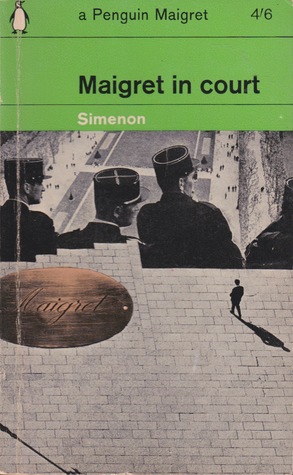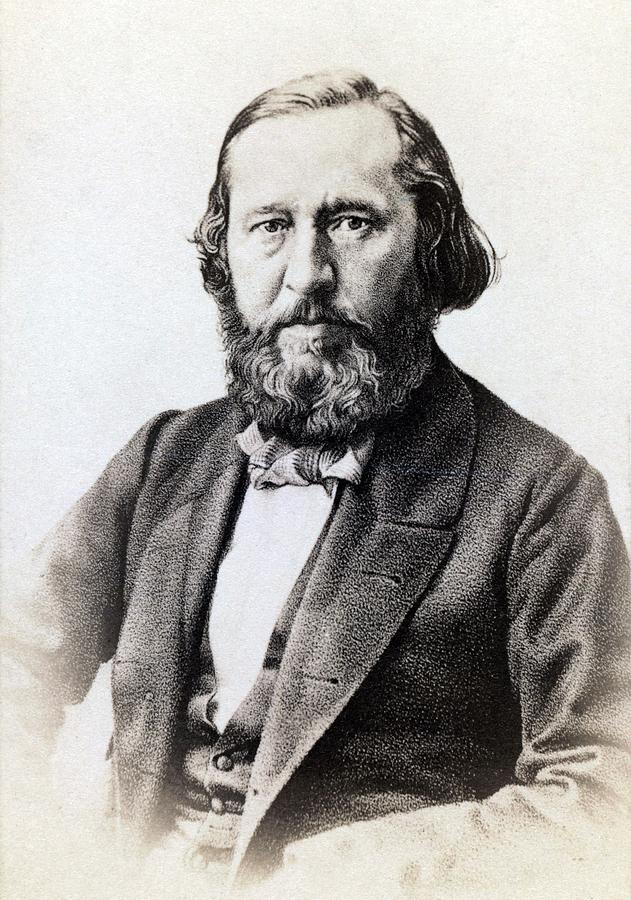
Chief Inspector Maigret of the Quai des Orfèvres is, the first and, I would argue, still one of the best of the series of tired yet effective police detectives now known to us in the form of Donna Leon's Commisario Brunetti (Venice), Andrea Camilleri's Inspector Montalbano (Sicily) and going back, Michael Dibdin's Aurelio Zen (Venice), Colin Dexter's Inspector Morse (Oxford) and the estimable Van der Walk (Amsterdam) authored by Nicolas Freeling. There is also, of course, a growing band of Scandinavian models.
The backdrop to the Maigret stories, the first eleven of which according to the bibliography I have in front of me, made an appearance in 1931, is usually although not inevitably Paris, and the regular themes include almost consistent pipe-smoking not undertaken quite as furiously as Holmes was apt to do in an earlier generation, lunch (and dinner) at home prepared by the laconic Madam Maigret, and the failures of the heating system at the Quai des Orfèvres frequently leading to heat in summer and no heat in winter.
Unlike some of his more modern police procedural counterparts, Maigret usually has the support of senior members of the police department and of the judiciary whenever his methods shift towards unorthodoxy and Maigret in Court is a case in point.
The story has an unusual structure. It begins with a long session in court focused on Maigret's evidence taken in the course of investigating a double murder. The accused is a quiet frame maker, the deceased his aunt and her young ward, the motive robbery. Despite the fact the case appears straightforward, it slowly becomes clear that Maigret is unsatisfied and has, via earlier chats with prosecution and judge, gained the opportunity to introduce evidence that casts strong doubt on what, pre-trial looked to be an obvious - guilty - verdict. And, indeed, the accused is acquitted but surprisingly doesn't look too pleased with the outcome.
The tale then moves into a phase of standard police procedure with a platoon of detectives following the principal characters, in Paris, outside Paris and in the south of France.
It is here that Simenon's genius as a writer of fiction (and not just detective fiction) is displayed. To Maigret, the real solution of the case is fairly obvious and has been so since the beginning of the trial. However for the frame maker and the reader, the answer is slower to underline itself although the former moves to resolution much more quickly than the latter (at least this reader).
At the end, we find the solution was clear and had always been, given the attested facts. There is no Poirot-like twist here, no last minute fresh evidence of the kind so frequently revealed by Perry Mason. Simenon is more subtle and less dramatic and as the last page is turned, one is left with a sense of the inevitability of Greek drama where what begins with death must also, as 'the Kindly Ones' take a hand, end with death.
Maigret in Court, published in 1960, is not the best Maigret novel I have read nor is it the one that I would recommend as an introduction to the oeuvre. It is, however, to be commended for its construction and moreover for the fact it is a clever take on an ancient narrative tradition.
Maigret in Court (Maigret aux Assises), first published 1960; my edition - Penguin 2005 (first Penguin pub 1965)
